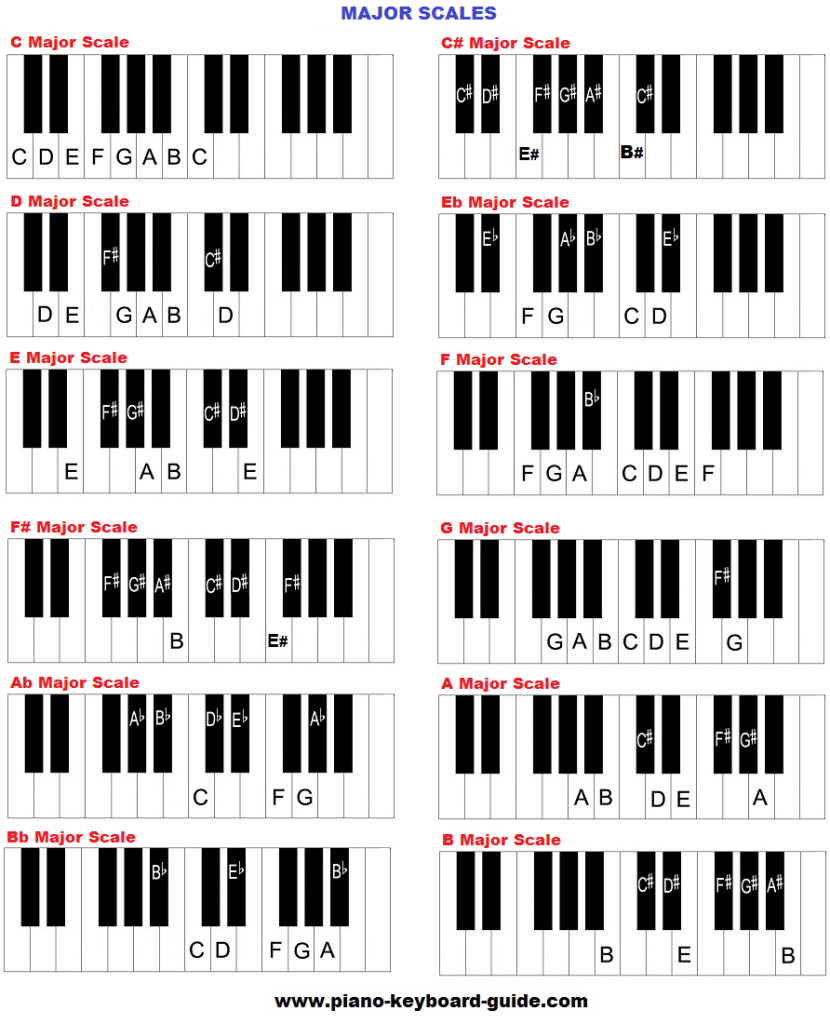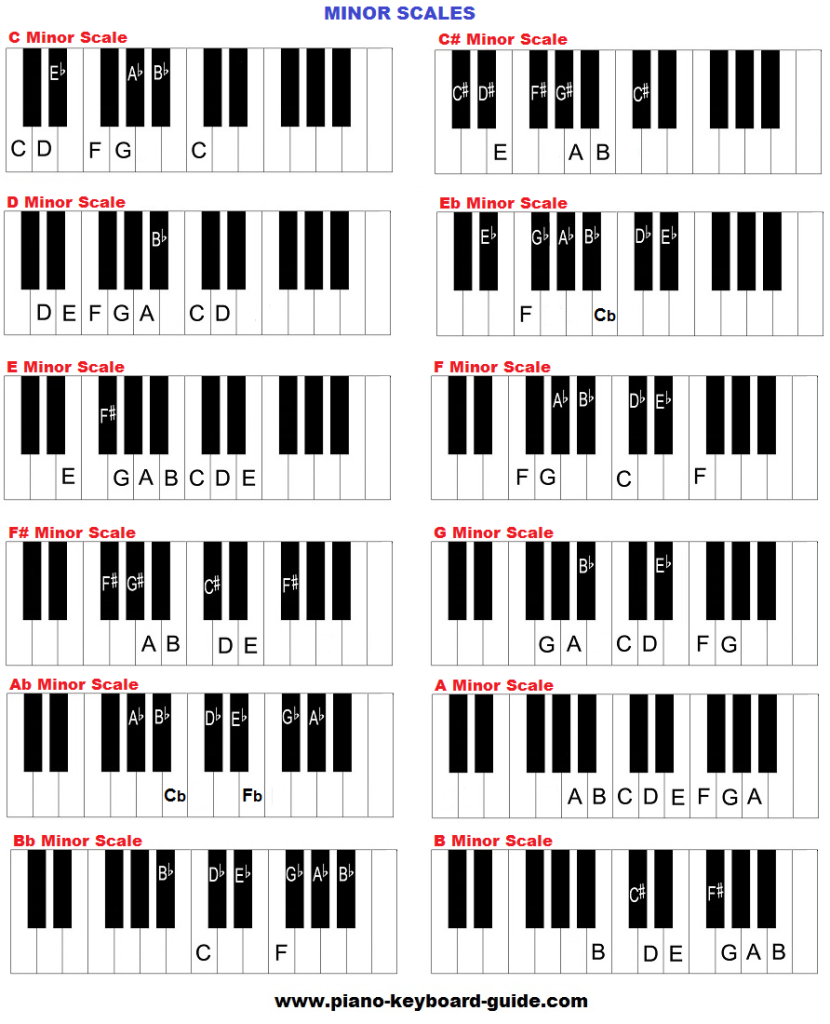10 Arrangement
Song Structures
Putting these sections together is called arranging; it's how you get from small patterns to a full song.
The combination of a song's sections is the song's structure or form. Some types of forms are used over and over in many types of music.
Song
- Intro - introduces you to the song
- Verse - usually repeated a few times, but with different lyrics and/or instruments
- Chorus - usually repeated a few times, same lyrics and instruments, the highlight of the song, the part that you remember best
Some songs do not have Choruses, but they have some part of the Verse which is repeated
Some songs have neither, but have a musical element that is repeated (Riff, a.k.a. Hook)
Tips for creating contrast between parts
- Add layers or remove layers e.g.
- 1st half of verse has no bassline, 2nd half of verse has bassline
- Verse has no snare drum, chorus has snare drum
- Use different instruments for parts of different verses
Electronic Tracks
Electronic tracks (EDM, house, drum and bass) tracks is don't have "verse" and "chorus". Instead, the form is defined by changes in textural density — how much is happening at any point in the song.
- Section A
- Section B (can be the same instruments as A but with different melody)
- Breakdown - part where the song becomes quieter, usually by removing / silencing instruments
- Build - part where the song builds up energy by increasing one or more of these elements: filter frequency, volume, intensity of notes, speed of notes (e.g. from 1/4 to 1/8 to 1/16), pitch
- Drop - climatic part of the song, with the most energy, the highlight of the song, the part that you remember best
Most of the sections are in regular lengths that are multiples of eight bars.
Tips for creating transitions
- Use samples like 'build' or 'sweep' or 'uplifter' to build up
- Use samples like 'crash' or 'impact' at the start of the drop
Read this is full and try playing around on your own at https://learningmusic.ableton.com/song-structure/song-structure.html
Hands on task
- Click on the top ruler to insert Locators where your verse, chorus etc are located.
- Right click to rename the Locators eg. .Intro, Verse, Chorus, Bridge
- Try layering or muting clips to create an arrangement
Remixing
Remixing songs is a good way to apply what you are learning in music production, and also a good way to learn from what published artists are producing.
Metapop.com is a good source of audio stems for remixing competition.
Step 1: Warping
- This will enable you to change the speed of the song in your remix.
- Make sure your Tempo in Ableton Live is set correctly to the tempo of the original song.
- Make sure all of the audio tracks ("stems") are starting from the beginning (1.1.1) - you can test this by playing the track with the metronome running
- Click on each Clip, and activate the Warp button. For beats, use 'Beats' mode, for instruments, use 'Tones' mode, and for vocals, use 'Complex' mode.
Step 2: Setting Locators
Step 3: Insert blank space
Step 4: Set new Locators
Step 5: Copy parts from the original song into your new Locators
- Unfold the track;
- In the waveform or MIDI display, drag a selection over the part of the clip you want to isolate;
- Execute the Split command to divide the original clip into three pieces.
Step 6: Add elements of your own
- Add your own beat using Ableton Live's Drums
- Add your own beat using one of the Samples / Loops
- Add a bassline using Ableton Live's Sounds / Bass
(Tip: if the key is Eb, your bassline should be mainly Eb i.e. D#) - Add other instruments using other Ableton Live Sounds
(Tip: if you want to add a Pad to a song that is in Eb, your Pad should contain the notes Eb, G, Bb i.e. D#, G, A#)
(Tip: if you want to add melodies, use notes that in the Eb major scale - see below)





Comments